Sustainability, architecture & design
The holistic and sustainable design brings together concepts that are intertwined and lead to a common goal of peak performance, creating enhanced buildings.
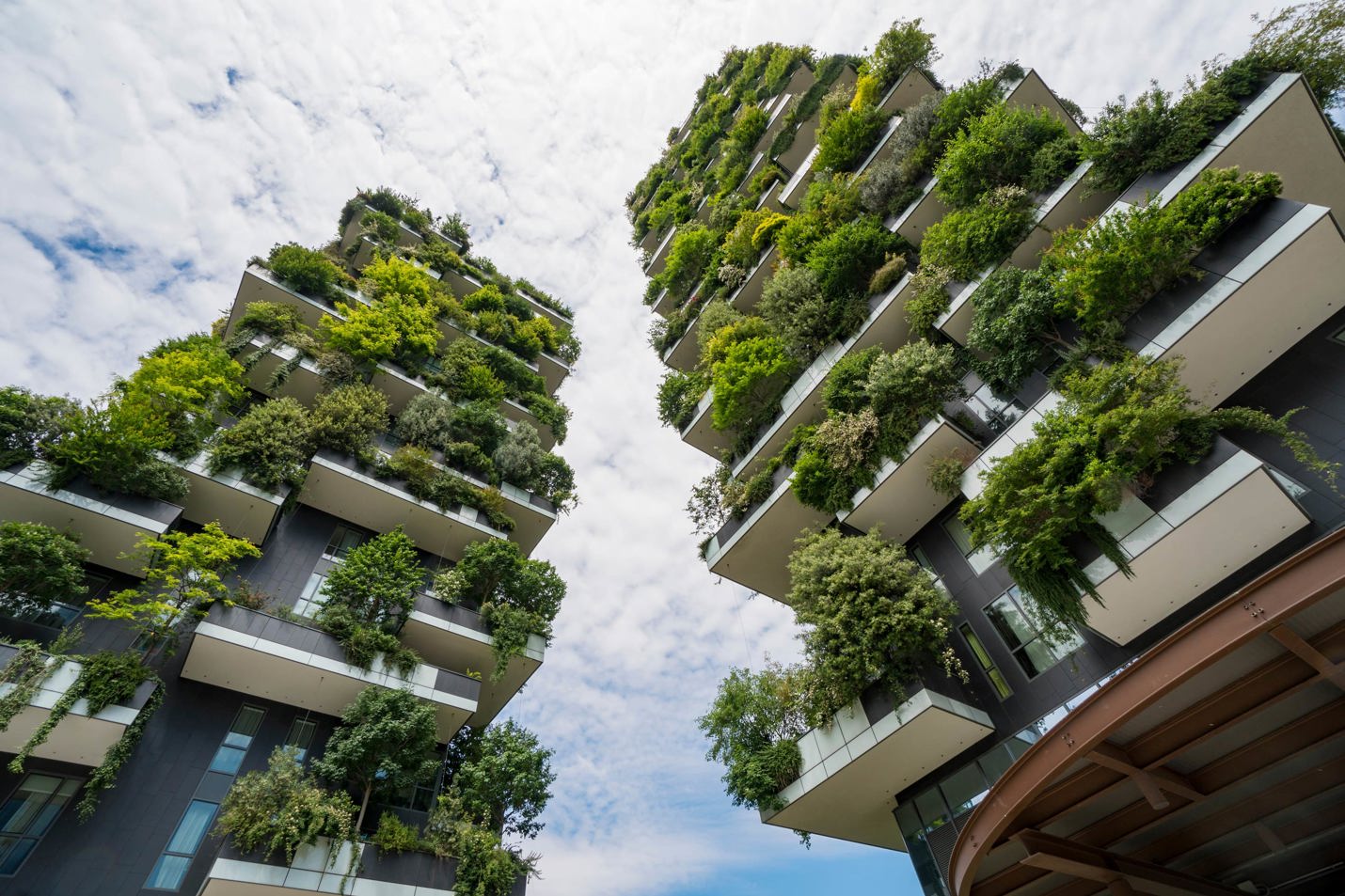
Sustainability...
- ...refers to the ability to maintain or support a process continuously over time.
- ...seeks to prevent the depletion of natural or physical resources, so that they will remain available for the long term.
- ...focuses on meeting the needs of the present without compromising the future.
Three dimensions of sustainability
Three dimensions of sustainability are using concepts: environmental, social and economic, also known informally as planet, people and profits.
Environmental sustainability (as for planet) focuses on conservation (natural resources, air quality, energy & water conservation), i.e. preserving the planet, which in turn, will allow humanity to survive and evolve.
Social sustainability (as for people) focuses on the human effects of economic systems, such as eradicate poverty and hunger, as well as to combat inequality, and with focus on health, well-being and quality of life.
Economic sustainability (as for profit) focuses on conserving the natural resources that provide physical inputs for economic production, including both renewable and exhaustible inputs.
Sustainable architecture...
- ...is a general term that refers to buildings designed to limit humanity's impact on the environment.
- ...is an eco-friendly approach to modern-day building.
- ...is including every aspect of the building's planning and building´s construction process.
- ...is all about: the choice of building materials; the design and implementation of heating, cooling, plumbing, waste, and ventilation systems.
- ...integrates the building into the natural landscape.
Sustainable design...
- ...seeks reduce negative impacts on the environment.
- ...ensure the health and comfort of building occupants.
- ...improves building performance.
Sustainable principles...
- ...optimize site potential.
- ...minimize non-renewable energy consumption.
- ...use environmentally preferable products.
- ...protect and conserve water.
- ...enhance indoor environmental quality.
- ...optimize operational and maintenance practices.
Sustainability consists of fulfilling the needs of current generations without compromising the needs of future generations, while ensuring a balance between economic growth, environmental care and social well-being.

"Sustainability takes forever. And that's the point."
— William McDonough
Assessing sustainability
Measuring sustainability is difficult, currently one can use environmental and economic metrics. It can be measured on various levels for buildings, systems and materials, etc.: for example building certification systems (LEED, BREEAM, etc.) and sustainability assessment methods (such as life cycle analysis) and system or component levels (various environmental material or product declarations).
Watch: EPD/LCA — Possibilities from a HVAC installation and lighting perspective
Lecturers: Mirko Sauvan, Anders Fransson & Åsa Norén-Lundh
Webinar recording from Swegon Air Academy, 2022.
In this video, you will listen to suppliers of installation products and how they have been working with life cycle assessment (LCA) and environmental product declarations (EPD).
Learn about how they have worked within their organizations with:
- Collection of data.
- Calculations — internal resources or external consultant? What are the pros and cons?
- Possibilities with EPDs/LCAs from a supplier perspective and customer perspective.
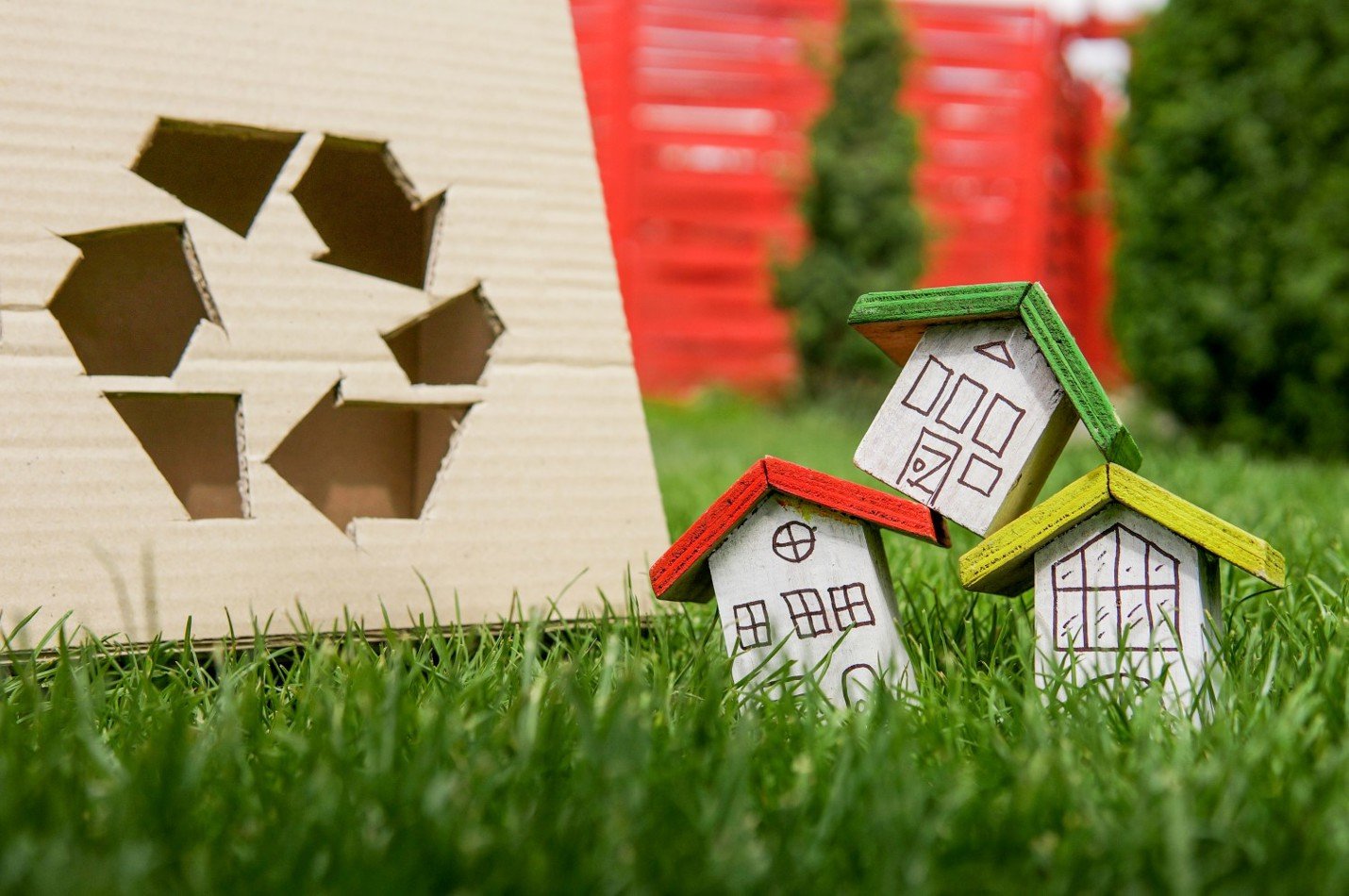
"Reuse the past, recycle the present, save the future."
— Anonymous
Reduce, reuse, recycle, repurpose, refuse
Overall are focusing on reducing human impact on the environment use of renewable energy sources, such as solar, wind and water.
- Energy effiiciency where buildings should consume as least of energy as much they can produce themselves, i.e. net-zero, plus house, active house, etc.
- Water conservation, i.e. collecting rainwater, recycling the grey water.
- Blending and integrating the buildings into surrounding environment.
- Use of renewable materials, such as hemp, cork.
- Replacement of convectional materials (concrete, plastics) with innovative nature-friendly materials.
- Use of recycled and upcycled materials.
- Adaptable and modular spaces which can be easily recycled or upcycled.
- Small or alternative buildings as more sustainable housing and use less land mass and energy.
- Incorporation of nature, such as living walls, tree-covered residential towers, and green roofs to help cool existing buildings and create healthy biophilic environments for humans.
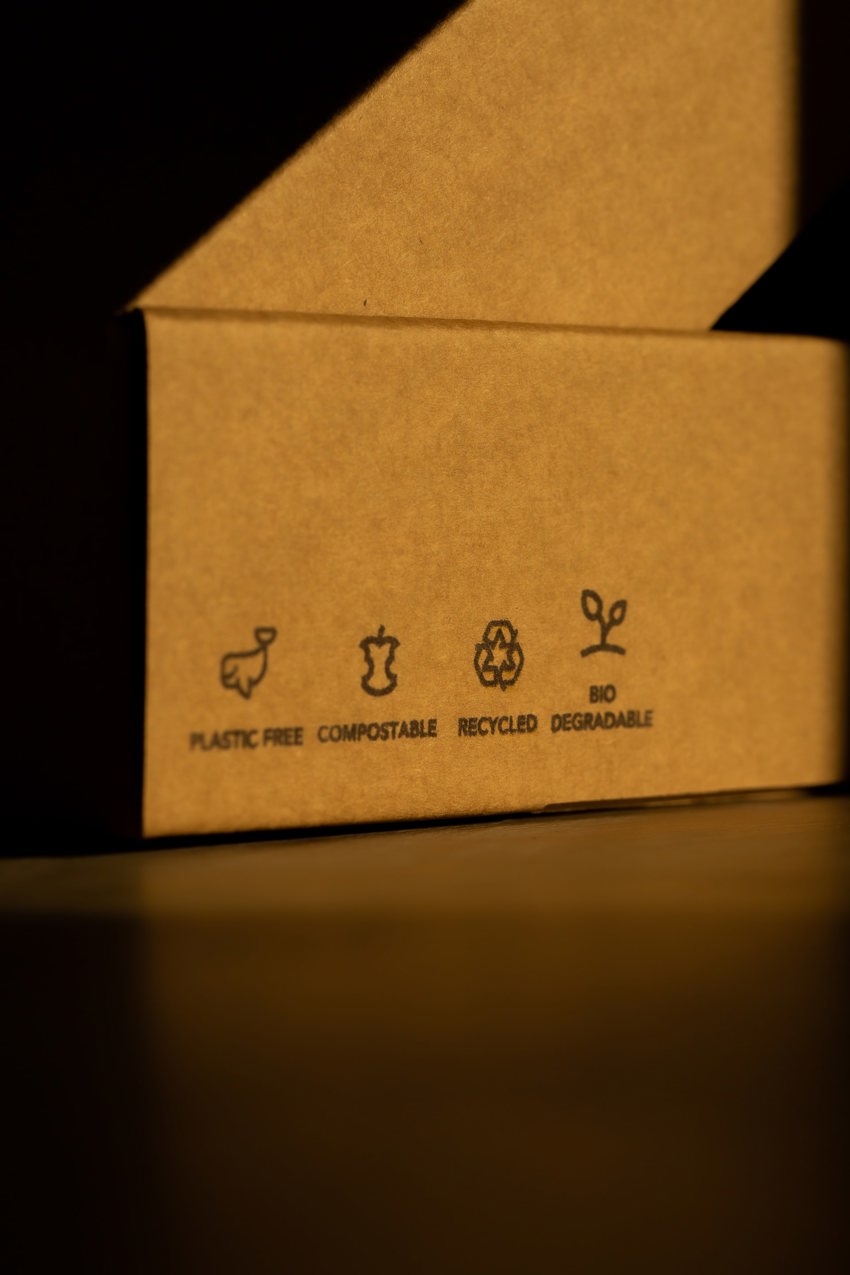
Integrated design as a tool
It is an interdisciplinary design approach with the emphasis on collaboration.The objective is to optimize the interaction among the various disciplines (architects, engineers, consultants, builders) and achieve the environmental & economic objectives of a building project.
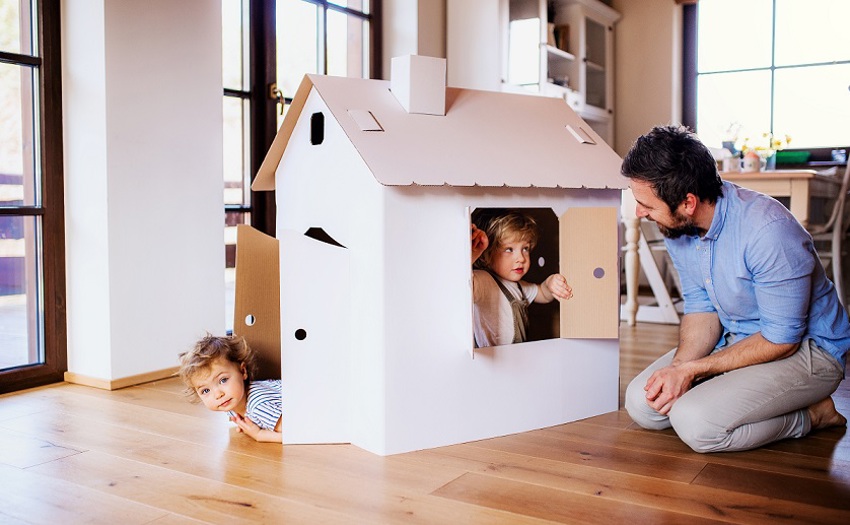
Sustainable indoor climate practices
Sustainable practices are intended to conserve resources that benefit human life and health. Sustainable practices impact the indoor climate in a variety of ways, such as:
- Designing for more and better light.
- Selecting building materials and furnishings with less toxic materials.
- Using environmently friendly maintenance products.
- Improved use of natural light.
- Greater and more strategic use of live plants indoors.
- Accessibility to nature outdoors.
- Building automation systems that manage the balance of indoor and outdoor air.
- Controlling indoor climate based on buildings occupancy.

Making a building intelligent is done via digitalization.
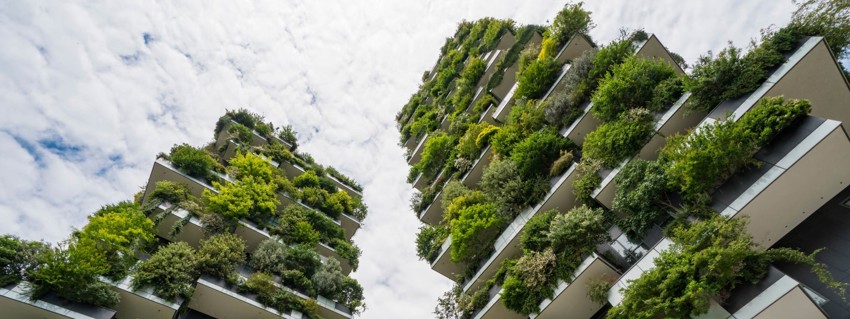
Design with impact — Architecture is fundamentally about human interaction
By 2050, 68% of the world's population will live in the cities. To keep up, a new city for 1,5 million people would need to be build every week, as this is a time of complex changes and the architects must be open to changes — design sustainable buildings with impact for people and for the future.
Read our Update&Insight 'Design with impact — Architecture is fundamentally about human interaction'
Future healthy environment
Future healthy indoor environments is all about building for people and knowledge. There is a substantial knowledge on individual factors and their effects, how factors interact and what role the inhabitants play in the buildings.
Interactions between factors and potential risks need to be considered holistically:
- Bio–psycho–social aspects of health.
- Interaction between inhabitants, buildings, and the indoor environment.
- Occupant's understanding about building systems and functionality.
- Climate change and its impact on indoor environment quality, thermal comfort and health.
- And measures in the fields of energy-efficiency, indoor environment and design to achieve good indoor environment.
A new future could be in control (having or not having control) over indoor climate because modern buildings are becoming more flexible. For example, recent developments in personal ventilation systems and local climate control systems seem to open up promising alternative paths towards better and adjustable indoor climates in buildings. The flexibility of building systems also increases the value of buildings and their energy performance.
To reach the indoor air quality, where even the most sensitive people find the air acceptable, will require a future paradigm shift. Further paradigm shift is foreseen when people will learn how to treat indoor air, so it is perceived as equally pleasant and fresh as outdoors when it is best, for example in the mountains or by the sea. And even another shift may be in creating indoor air that is even better than anywhere in nature!
Excerpt from Healthy Indoor Environments: The Need for a Holistic Approach, published at International Journal of Environmental Research and Public Health, 2018.
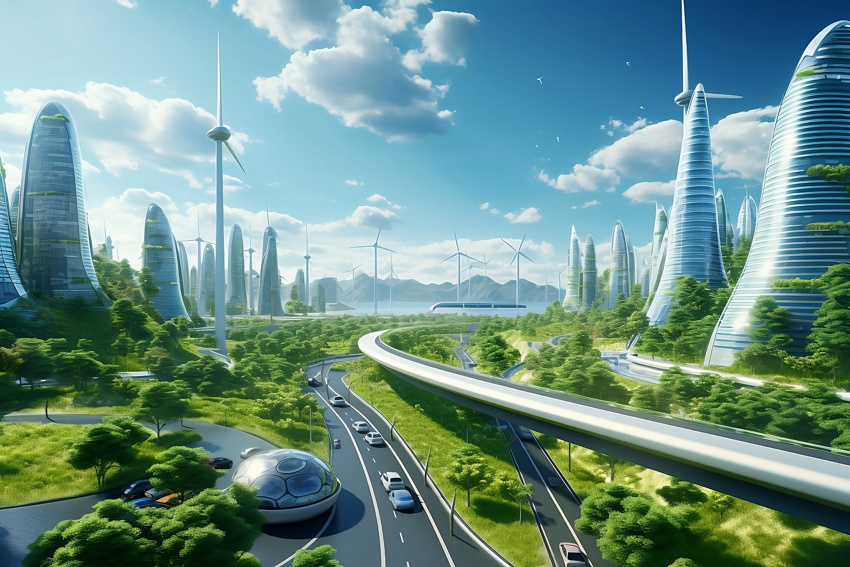
Read more from other sources
Organic buildings are the strength and lightness of the spiders' spinning, buildings qualified by light, bred by native character to environment, married to the ground.Frank Lloyd Wright, Architect